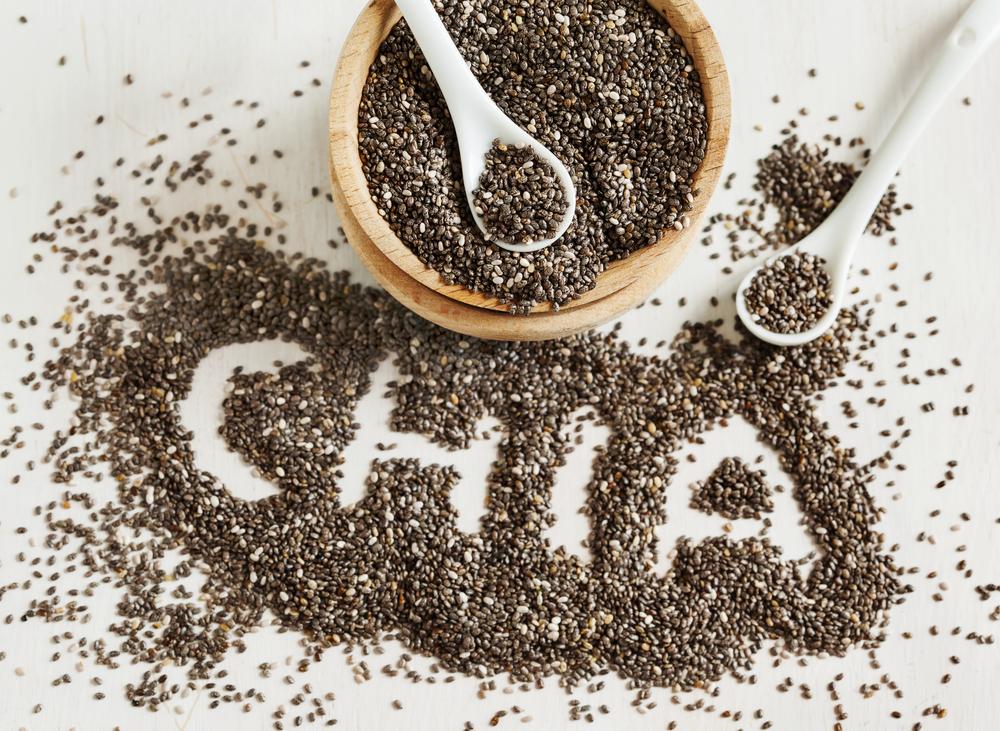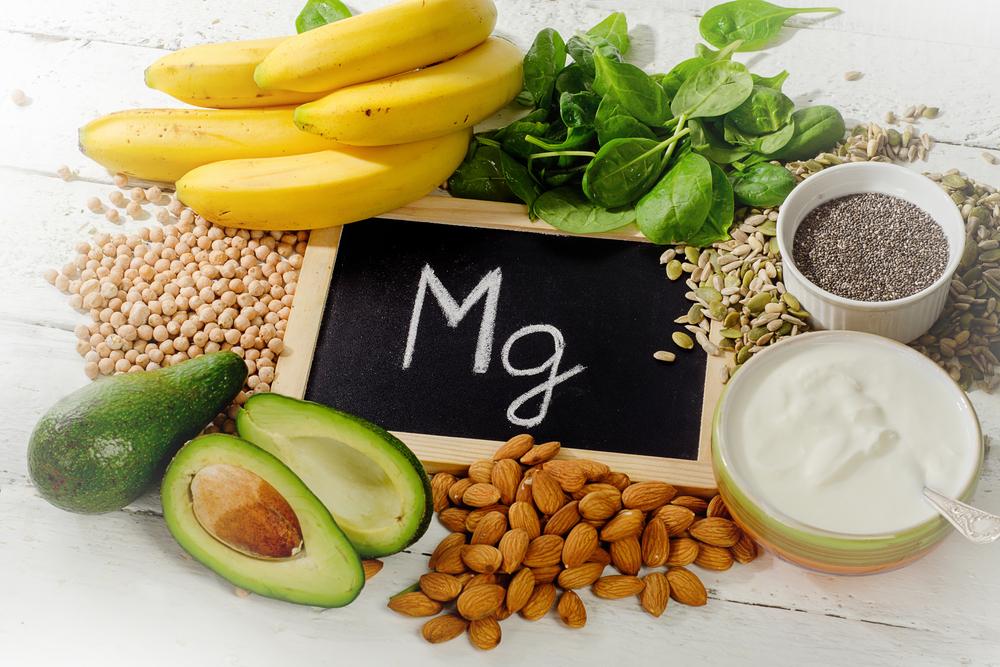
One of the most controversial discussions in the pet world is the link between diet and heart health – sadly, there are a number of reasons why heart function can be compromised, including genetics. Here at My Pet Nutritionist, we don’t think you can look at a health issue without considering the normal functioning of the system, so we thought we’d explore heart health in a little more detail.
Let’s get cracking.
The cardiovascular system includes the heart and blood vessels (veins and the arteries). The function of the heart is to pump blood. The right side of the heart pumps blood to the lungs, where oxygen is added to the blood and carbon dioxide is removed from it. The left side pumps blood to the rest of the body, where oxygen and nutrients are delivered to tissues, and waste products are transferred to the blood for removal by other organs (like the kidneys).
The heart is a hollow, muscular organ, divided into 4 chambers. There are upper chambers on both the left and ride sides of the heart called the left and the right atria. There are also 2 lower chambers called the left and right ventricles.
A series of valves keep blood flowing in one direction through the heart. Each ventricle has an inlet and outlet valve. A heartbeat is actually the sounds of different valves closing.
The heart beats because of electrical currents. Rhythmic electrical impulses or discharges cause the contraction of muscle fibres in the heart. At rest, the discharge is around 120 times per minute in a cat and 60-120 times per minute in the dog.
Heart sounds are produced by the rapid acceleration and deceleration of blood and the resulting vibrations in the heart due to the circulation of blood. In dogs, 2 heart sounds can normally be distinguished.
Calcium plays important roles in the electrical activity and pumping function of the heart. Calcium particles enter the heart muscle during each heartbeat and contribute to the electrical signal. When calcium is removed, relaxation is triggered.
Potassium too plays a vital role at a cellular level. It’s movement in and out of cells helps maintain a regular heartbeat. Low levels of potassium lead to irregular contractions.
When there is a high level of a compound in the body, it is termed, hyper, when there are low levels of a compound in the body, it is termed hypo.
Sadly, too high and too low levels of all the above can result in irregularities in heart function.
Severe hypokalaemia is likely to cause skeletal muscle weakness, cardiac arrhythmias, and electrocardiographic abnormalities.
Causes:
In this case, cardiac arrhythmias are common.
Causes:
Hypercalcaemia may present as fatigue, depression, confusion, anorexia, nausea, vomiting, constipation, peptic ulceration, or pancreatitis. Cardiac arrhythmias can occur.
Causes:
Cardiac arrhythmias will be noted.
Causes:
Sodium is also important for heart health. It initiates contraction in muscles, in both skeletal and cardiac.
Sodium deficiency is associated with restlessness, tachycardia, polyuria, and dry and tacky mucous membranes. The current minimum requirement for sodium has been established at 13.3mg/kg bw for dogs, but a higher quantity is suggested for bitches during gestation and lactation. In addition, greyhounds and sled dogs are allocated a higher requirement based on their high levels of exercise.
At present, commercially available dog foods provide sodium intakes in excess of minimum requirements.
Whilst some posit that dogs are increasingly adaptable to sodium intake, a study carried out in 2003 identified 82 dogs with dilated cardiomyopathy. They established that those with congestive heart failure ate significantly more sodium than those dogs without congestive heart failure. It pays to note that 25% of total daily sodium intake came from treats and table scraps, however.
Heart murmurs are vibrations that can be heard coming from the heart or major blood vessels and generally are the result of turbulent blood flow or vibrations of heart structures, such as part of a valve. Murmurs are typically described by their timing, their intensity, and their location. Not every murmur indicates a heart disorder, however.
A heart murmur is like when you hit some white water on a usually calm river.
Congenital murmurs are associated with heart defects that the pet was born with. However, sometimes the defect is only detected later in life.
An acquired murmur is a murmur that a pet acquires during their life. These can be benign, but more often (especially in dogs) are associated with developing heart disease.
Mitral valve disease (MVD) is a common acquired heart disease accounting for about 75% of cardiac disease seen in dogs in general practice. Prevalence of MVD increases with age and can be seen in high-risk breeds such as the Cavalier King Charles Spaniel. It is most common in small-medium sized breed dogs.
Dilated cardiomyopathy (DCM) is the other main acquired heart disease seen in dogs. It can be primary in origin or secondary to dietary deficiencies or doxorubicin toxicity (chemotherapy medication). DCM has been reported in Dobermans and Golden Retrievers but other large or giant breed dogs have also been described. DCM is characterised by ventricular dilatation and systolic dysfunction. This poor systolic function means that a heart murmur is often low grade in its intensity.
As DCM is regularly considered an inherited condition, it has been posited that certain breeds may need higher concentrations of amino acids like taurine and l-carnitine.
Taurine is the most abundant intracellular sulphur-containing amino acid. Although it can be synthesized from methionine and cysteine (amino acids) in the presence of vitamin B6, taurine can be obtained from the diet, predominantly through eggs, meat, and seafood. High concentrations of taurine are found in the heart and retina, whereas smaller amounts are found in the brain, kidneys, intestine, and skeletal muscle.
Taurine is involved in many biological and physiological functions including maintaining sodium and calcium concentrations and as we know, these concentrations are crucial to heart function.
In one particular study, when fatal dilated cardiomyopathy was induced by taurine deficiency in dogs, it could be reversed through taurine supplementation.
In addition, taurine is thought to exert an antioxidant effect, therefore offering a membrane stabilising effect and better calcium handling.
Or further interest is taurine’s role in platelet aggregation (the clumping together of platelets to form blood clots). Platelet aggregation is necessary in sites of injury, but increased platelet aggregation is associated with a range of cardiovascular disease. Studies have demonstrated that platelets from taurine-depleted cats were reported to be twice as sensitive to aggregation as platelets from cats receiving taurine. On the other hand, platelets from humans with normal taurine status showed an increase in resistance to aggregation by 30% to 70% when supplemented with taurine. This data suggests that taurine, in vivo, stabilizes platelets against aggregation and that during taurine depletion, platelets become overly sensitive to aggregation.
Unlike cats, dogs are able to synthesise taurine themselves, but as it is found in meat and seafood, a fresh food diet containing these is advocated.
Congestive heart failure refers to the heart’s inability to pump blood around the body, it is usually a result of mitral valve insufficiency or disease and DCM (that we mentioned earlier).
There can be right sided and left sided failure. Right sided failure results in poor venous blood return to the heart. For want of a better phrase, blood becomes backed up in the body and congested; fluid accumulates in the abdomen, interfering with the function of the organs. Fluid may also leak into the limbs, resulting in swelling. Left sided failure results in blood leakage into the lungs, resulting in coughing and difficulty breathing.
The most common signs of congestive heart failure are:
As usual, matters involving the heart are never that simple. Your dog may be predisposed to heart dysfunction, but there are also so many other factors that can contribute to its aberrant running. Here at My Pet Nutritionist, we consider your dog’s ancestry, their lifestyle, diet, any nutrient challenges, long term medication use and of course the function of other organ systems which can subsequently influence heart health.
Please check out our services, whether you are currently supporting a pet with heart dysfunction, or if you are just looking for a plan to optimise your pet’s health.
Thanks for reading,
Team MPN x












